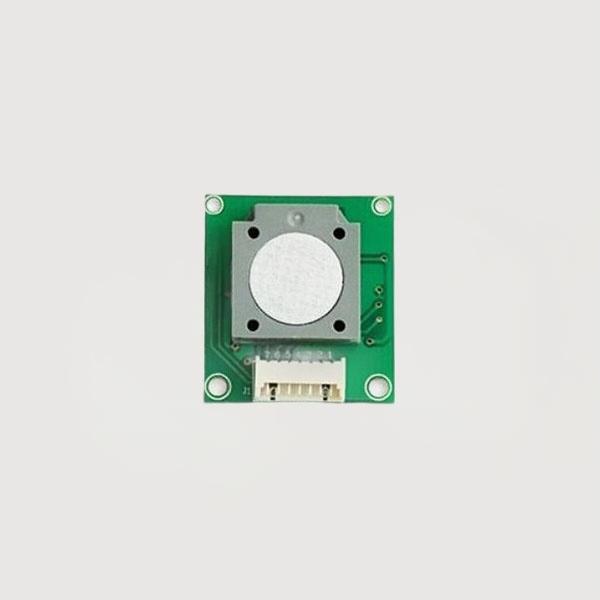

 News
News Industry News
Industry NewsMany families now prioritize quality of life and tend to fill their homes with furniture. If rooms are overcrowded, formaldehyde levels can easily exceed safe limits. Statistics show that the vast majority of indoor formaldehyde is released from furniture, furniture adhesives, and paints, and formaldehyde tends to accumulate. Furthermore, poor ventilation after renovation can lead to severe formaldehyde pollution, requiring a period of ventilation before moving in; otherwise, indoor formaldehyde can pose a threat to the health of those living there.
What are the dangers of excessive formaldehyde concentrations in the air? Firstly, it can cause respiratory illnesses, such as asthma and coughing. This is because formaldehyde is a gas in the air, and it is inhaled when we breathe. Secondly, prolonged exposure to formaldehyde can cause problems for sensitive areas like the eyes and skin, potentially leading to symptoms such as red and swollen eyes and itchy skin.
Many people mistakenly believe that the absence of a pungent odor in their home indicates the absence of formaldehyde. This is completely wrong. Formaldehyde is a colorless, irritating gas, sometimes undetectable by smell alone, and invisible to the naked eye. Therefore, formaldehyde concentration can only be determined using specialized tools, such as formaldehyde sensors. Tensensor's TE08-CH2O formaldehyde sensor module is a universal gas module that tightly integrates mature electrochemical detection technology with sophisticated circuit design. It is primarily used in formaldehyde detectors, smart homes, and fresh air systems for formaldehyde detection.

Electrochemical Formaldehyde Module TE08-CH2O
The TE08-CH2O formaldehyde sensor module utilizes electrochemical principles to detect CH2O in the air, exhibiting good selectivity and stability. It features a built-in temperature sensor for temperature compensation and offers both digital and analog voltage outputs for ease of use.
Formaldehyde purifiers, as one of the more effective indoor air purification methods besides formaldehyde removal, have seen rapid development driven by market demand. Numerous formaldehyde purifiers based on different removal principles have emerged, including activated carbon adsorption, potassium permanganate catalysis, photocatalysis, and chlorine dioxide reaction. Some formaldehyde purifiers contain formaldehyde sensors that can detect high formaldehyde concentrations; therefore, consumers should choose formaldehyde purifiers with formaldehyde concentration displays when purchasing.
Web: www.tensensor.com
Email: [email protected]
WhatsApp: +86 18335818384